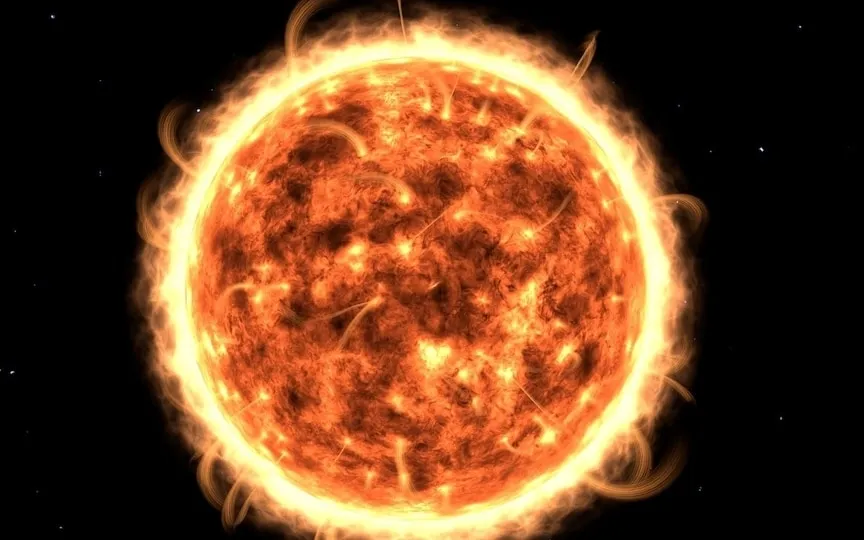Alert Issued for Possible Geomagnetic Storms Resulting in Auroras and Power Outages
Today, September 3, 2023, the Space Weather Prediction Center (SWPC) of the National Weather Service has alerted that a solar storm is approaching Earth. Consequently, a Geomagnetic Storm Watch has been issued. It is anticipated that Earth might encounter a G1 level geomagnetic storm, which is the least severe on the 1-5 scale. Although this event could result in some aurora displays and minor disturbances in electrical grids, navigation, and communication systems, it is not projected to be a significant occurrence, as stated by spaceweather.com.
Current geomagnetic activity
SWPC reports that a small G1 geomagnetic storm began on September 2 when Earth was hit by a high-speed solar wind stream, which is produced by the Sun when it releases huge amounts of energy into space. Notably, this solar storm differs from the two Earthward Coronal Mass Ejections (CMEs). The first CME left the Sun on August 30, and the second was triggered on September 1. The arrival of these CMEs on September 3 could prolong the ongoing storm and possibly elevate it to a G2 level geomagnetic storm.
What are Coronal Mass Ejections (CMEs)?
Coronal Mass Ejections or CMEs are massive releases of plasma and magnetic fields from the Sun’s corona. They can eject billions of tons of material and carry a built-in magnetic field stronger than the interplanetary magnetic field (IMF) of the underlying solar wind. CMEs travel at varying speeds, some reaching Earth in just 15-18 hours, while others take days. As they move away from the Sun, CMEs grow in size, with the larger ones occupying a significant portion of the space between the Earth and the Sun when they arrive.
Effect of geomagnetic storms
When a CME interacts with the Earth’s magnetosphere, its effect depends on the energy level and contact angle. Geomagnetic storms can disrupt electronics, power systems, and spacecraft communications. They can also produce spectacular aurora displays in the night sky.
In the G1 geomagnetic storm today, small power grid fluctuations may occur, especially in northern latitudes. There may be minor disruptions to satellite activity, and aurora displays may extend further south than usual, possibly reaching northern Michigan and Maine. If the geomagnetic storm intensifies, the aurora borealis may become more vibrant and extend further south.
While this storm event will be closely monitored, it is important to note that it is expected to be relatively mild and have little impact on daily life and technology.




